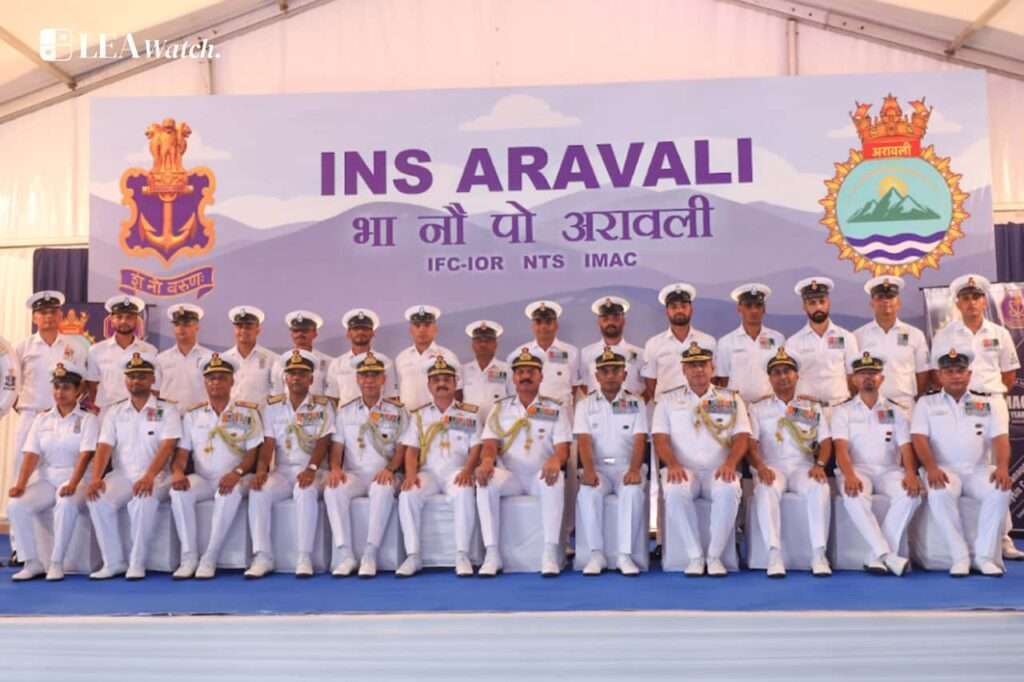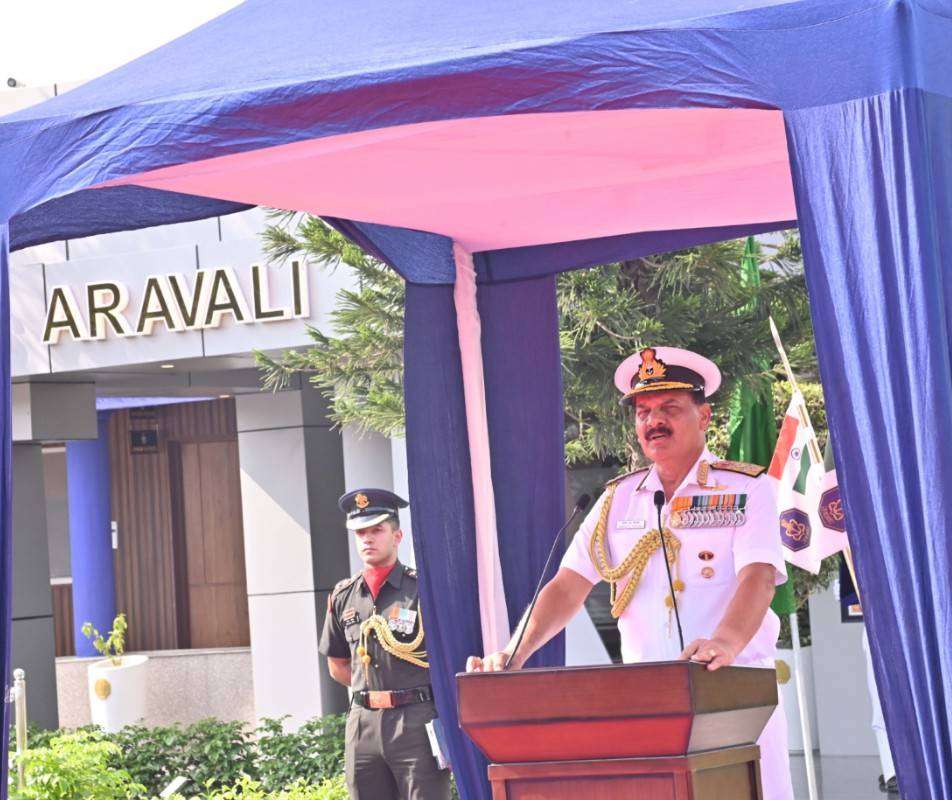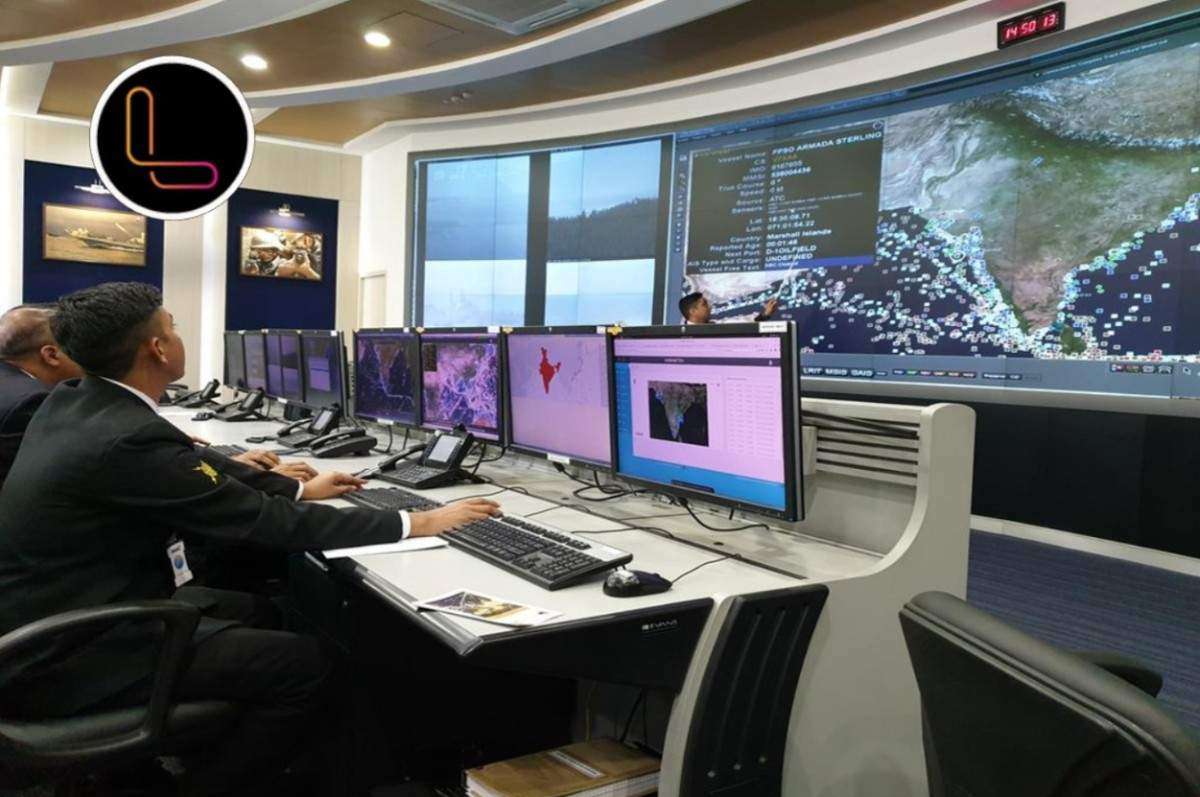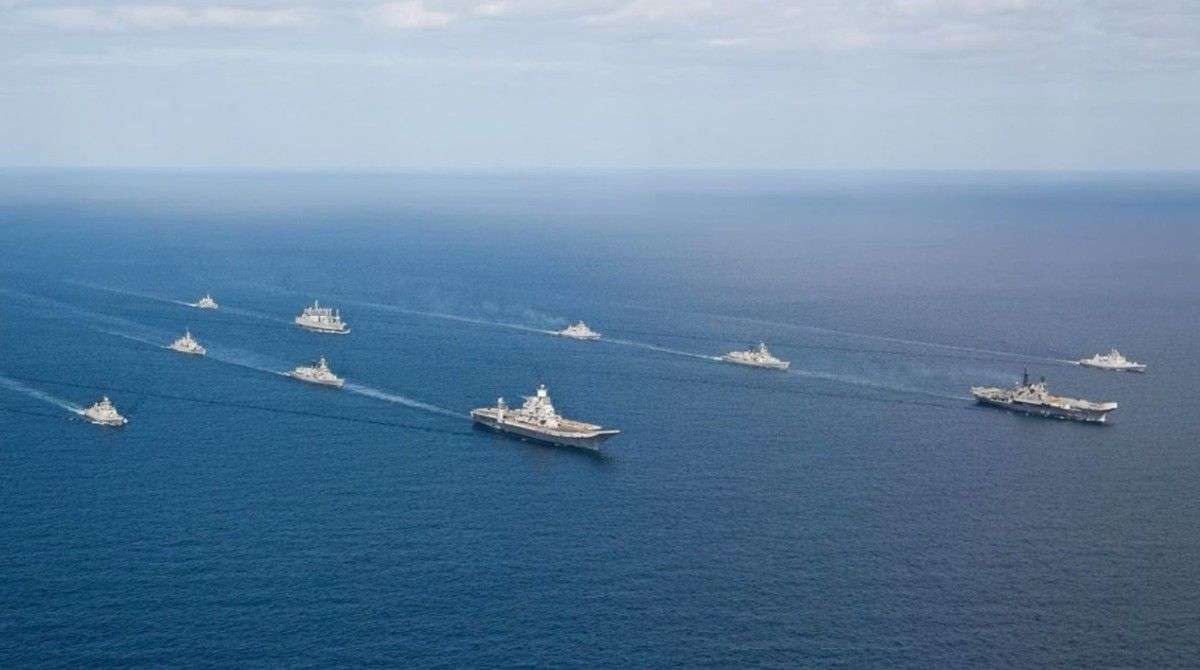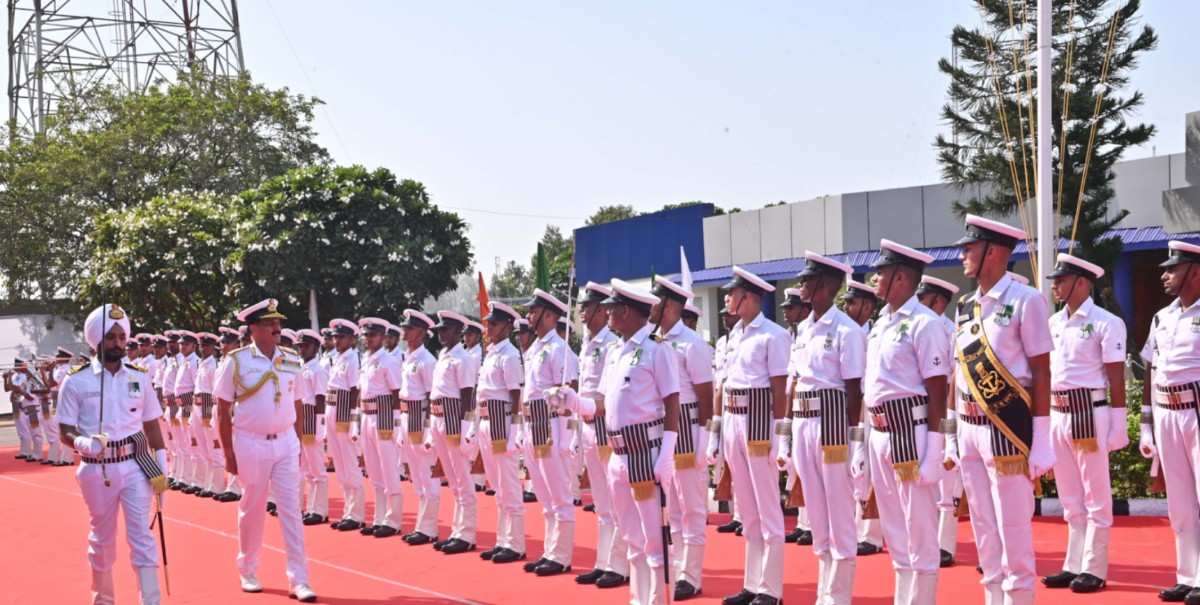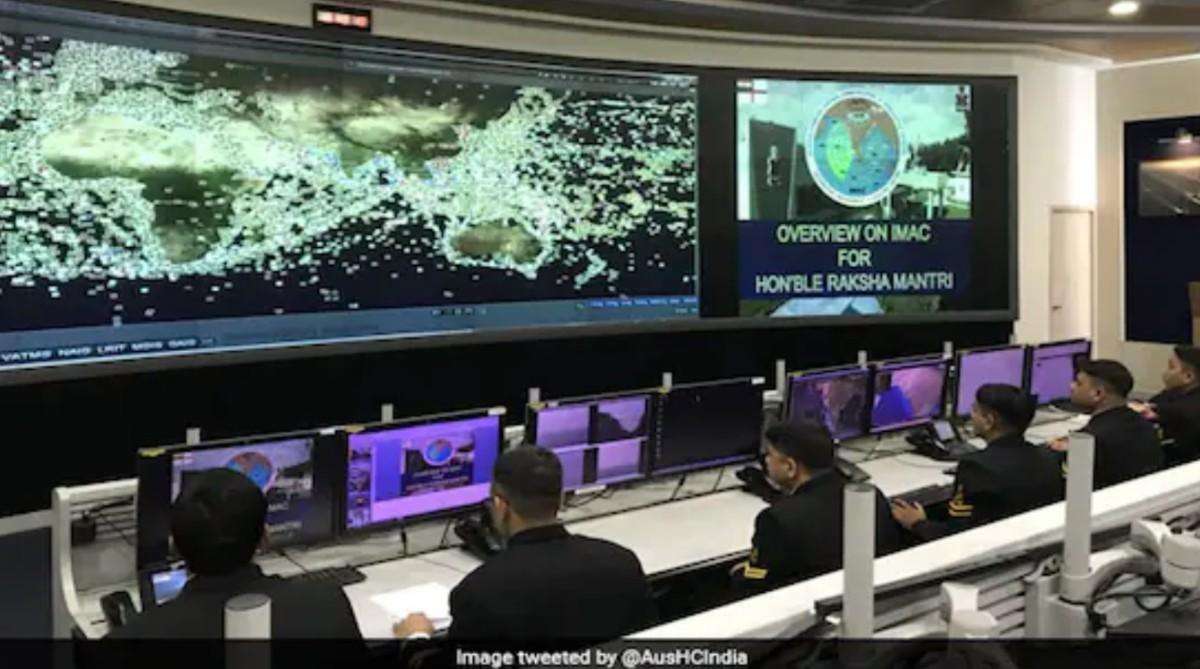A Brain on Shore: INS Aravali Enters Service
When the Indian Navy commissioned INS Aravali at Gurugram on September 12, 2025, it added not another ship to the fleet but a shore-based brain to the network, one designed to sharpen the country’s maritime domain awareness (MDA) and tighten command-and-control across widely dispersed seas. The commissioning by Admiral Dinesh K. Tripathi, Chief of the Naval Staff, signals how contemporary sea power increasingly rides on data fusion, communication resilience, and trusted partnerships as much as on hulls and missiles.
What exactly is INS Aravali?
The Navy’s own description is precise: a new naval base in Gurugram, Haryana, built to support multiple information and communication centres that underpin India’s MDA and operational decision-making. In practical terms, it is a hub that strengthens how the Navy gathers, fuses, protects, and disseminates information linking coastal radars, satellites, patrol platforms and partner feeds to commanders who must act under time pressure. The location within the National Capital Region places Aravali adjacent to India’s established maritime information nodes, reducing latency between intelligence inputs and operational outputs. Guided by the motto “सामुद्रिकसुरक्षायाः सहयोगं” (Maritime Security through Collaboration), INS Aravali embodies a collaborative ethos, interfacing seamlessly with naval units, MDA hubs, and allied stakeholders
Supporting IMAC and IFC-IOR: The Fusion Backbone
One such neighbour is the Information Management and Analysis Centre (IMAC), set up in 2014 as the technical backbone of India’s coastal radar chain and white-shipping picture. Another is the Information Fusion Centre-Indian Ocean Region (IFC-IOR), inaugurated in December 2018 and today garrisoned in Gurugram, which “fuses, analyses and disseminates” maritime information with international partners. INS Aravali is intended to support these centres, acting as a force-multiplier for their surveillance, cueing and crisis-response roles.
An Ocean of Stakes: Trade, Threats and Sea Lanes
The timing matters. The Indian Ocean is a crowded operating picture: more than three-quarters of global maritime trade passes through its sea lanes; chokepoints like Hormuz, Malacca and Bab el-Mandeb remain volatile; and non-traditional threats-from piracy and narcotics to illegal, unreported and unregulated (IUU) fishing demand continuous sensing and coordination. India has responded by moving from a “buyer’s” to a “builder’s” navy, expanding indigenous platforms while simultaneously building data-driven architecture on shore. Aravali slots into this evolution: a shore investment that pays operational dividends at sea
Collaboration as Software: Building Trust at Sea
If the hardware story is ships and sensors, the software story is collaboration. IFC-IOR’s model hosting International Liaison Officers and maintaining dozens of working-level linkages has shown that timely, structured information sharing improves regional safety and security. Aravali’s mission aligns with this by creating secure, scalable communication pathways and a robust command-and-control (C2) backbone for India’s own fleet while enabling plug-and-play interfaces with trusted partners. This is not an abstract aspiration: during real incidents, fused information shortens the “sensor-to-shooter” cycle and reduces risk of miscalculation.
Symbolism of Aravali: From Mountain Range to Maritime Resolve
Naming the base after the Aravali range evokes endurance and geographic rootedness. Public communications around the commissioning highlight a collaborative vision described in media briefings as advancing “maritime security through collaboration” which dovetails with India’s larger SAGAR (Security and Growth for All in the Region) outlook. In this sense, Aravali is both a facility and a signal: India is prepared to be a net security contributor in the Indian Ocean, but will do so through partnerships and data transparency as much as through presence patrols.
Resilience in the Age of Disruption: C3I Imperatives
From a capability standpoint, three effects are worth underscoring. First, resilience and continuity of operations. In modern maritime operations, the ability to fight through disruption from cyber interference to spectrum congestion depends on fortified shore nodes with redundant links, disciplined data hygiene, and hardened networks. By design, Aravali bolsters the Navy’s C3I (command, control, communications and intelligence) posture within a secure terrestrial environment, close to national decision-making organs.
From Data to Decision: Enhancing Maritime Domain Awareness
Second, speed and fidelity in MDA. Shipborne sensors provide tactical pictures; Aravali helps convert those into a theatre-level operational picture, reconciling commercial AIS tracks, coastal radar plots, satellite cues, and partner inputs into a coherent display commanders can trust. The maturation of such shore-based fusion has tangible outcomes from more efficient cueing of maritime patrol aircraft to better interdiction of suspicious movement along India’s 7,500-km coastline and island territories. By supporting IMAC and IFC-IOR, Aravali enhances both national and regional maritime sense-making.
Interoperability and Diplomacy: India’s Net Security Role
Third, interoperability and diplomacy. IFC-IOR’s liaison network has demonstrated that shared situational awareness builds trust and reduces emergency response times across the Indian Ocean littoral. Aravali extends the bandwidth technical and institutional for such cooperation, providing a stable platform for exercises, workshops and crisis drills that keep information-sharing agreements real rather than rhetorical.
Ships, Sensors and Shore Nodes: The Triad of Vigilance
Aravali’s commissioning should be read alongside developments at sea. In recent months, the Navy has also inducted indigenously built platforms to strengthen coastal defence and anti-submarine vigilance, reflecting a balanced approach: ships and systems at sea, sensors along the coast, and fusion nodes ashore. This triad underwrites the ability to detect, classify, and act whether to deter adversarial submarines, secure sea lanes, or render assistance in maritime emergencies.
The Gurugram Cluster: India’s Maritime Brain-Trust
For policy planners, the Gurugram cluster IMAC, IFC-IOR, and now INS Aravali offers a few strategic advantages. It aggregates scarce skills and secure infrastructure; it keeps India’s maritime brain-trust within a short drive of Delhi’s policy ecosystem; and it allows rapid adaptation as partners and technologies evolve. As the threat surface expands cyberattacks on port logistics, spoofing of navigation signals, drone incursions at offshore assets India’s ability to instrument the maritime domain with trustworthy data and resilient C2 will be decisive. Aravali strengthens the scaffolding for exactly that.
Measuring Relevance: Why Quiet Infrastructure Matters
Finally, there is the simple test of relevance. A shore base does not make headlines like a carrier or submarine, but without reliable information plumbing, even the most exquisite platforms can underperform. In commissioning INS Aravali, India has invested in the quiet infrastructure of maritime power: the fibre, servers, networks, protocols, and people who turn data into decisions. As the Indian Ocean’s traffic thickens and its politics sharpen, that investment will likely yield compounding returns: faster decisions in crisis, cleaner pictures in ambiguity, and steadier cooperation with partners from the Gulf of Aden to the Strait of Malacca. In a region where minutes can determine outcomes, Aravali’s value will be measured not in ceremony, but in the seconds it saves.
The Bottom Line: A Workhorse Node for Indian Ocean Security
INS Aravali is not a symbol for the gallery. It is a workhorse node that connects sensors to commanders and partners to outcomes. In doing so, it strengthens India’s claim to be a responsible, capable steward of Indian Ocean security anchored in data discipline, collaborative instincts, and an increasingly indigenous technological base

